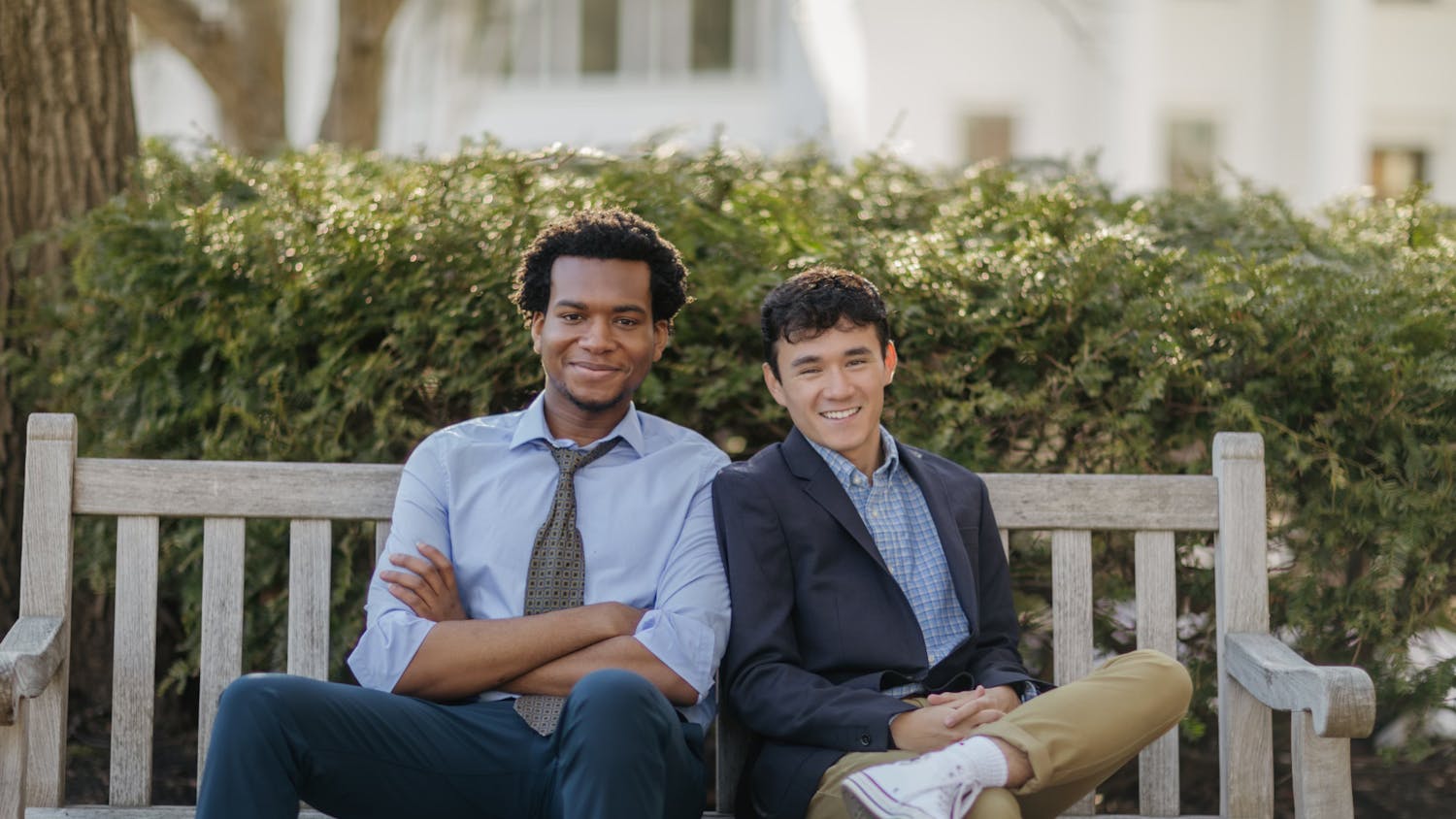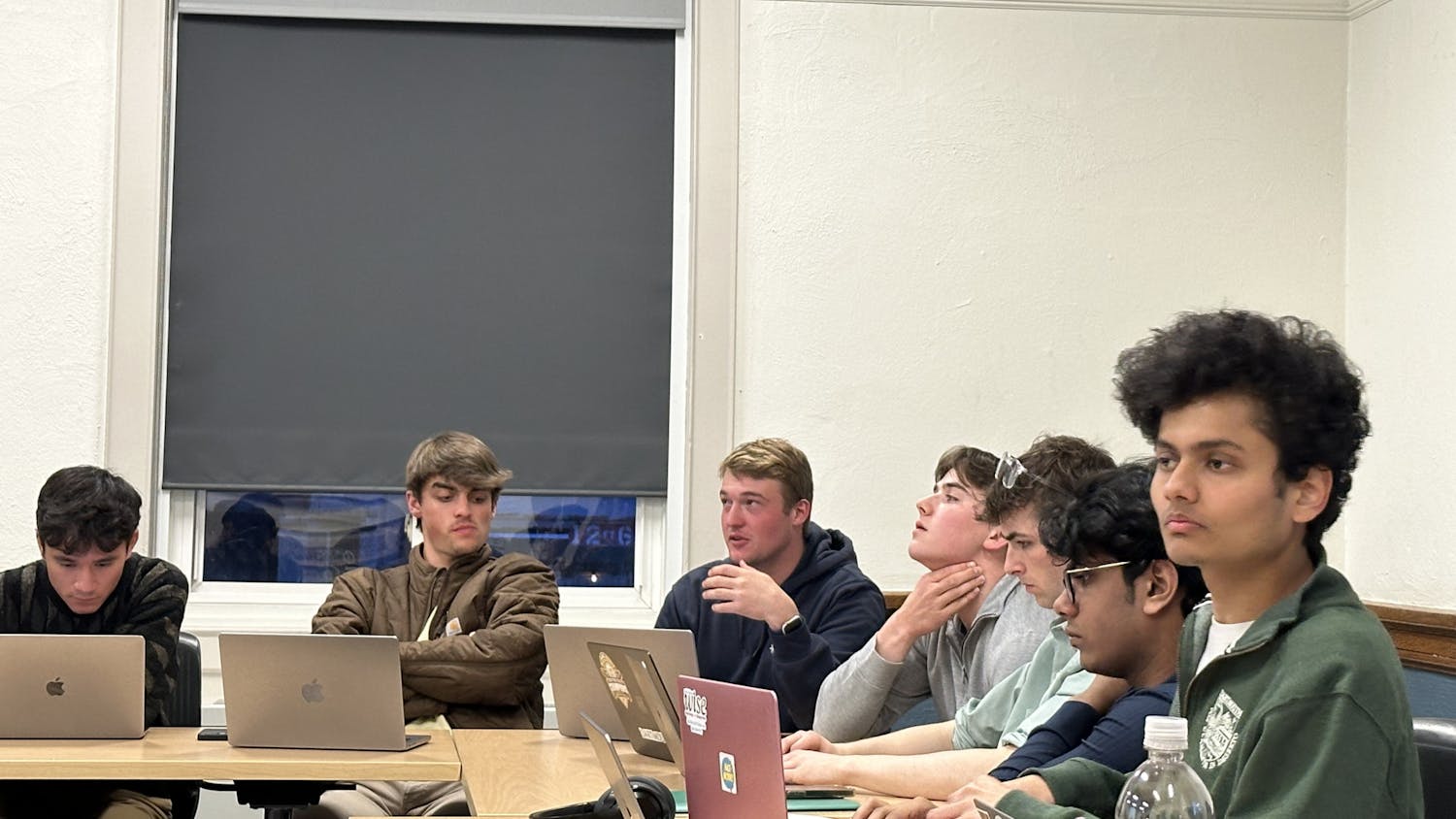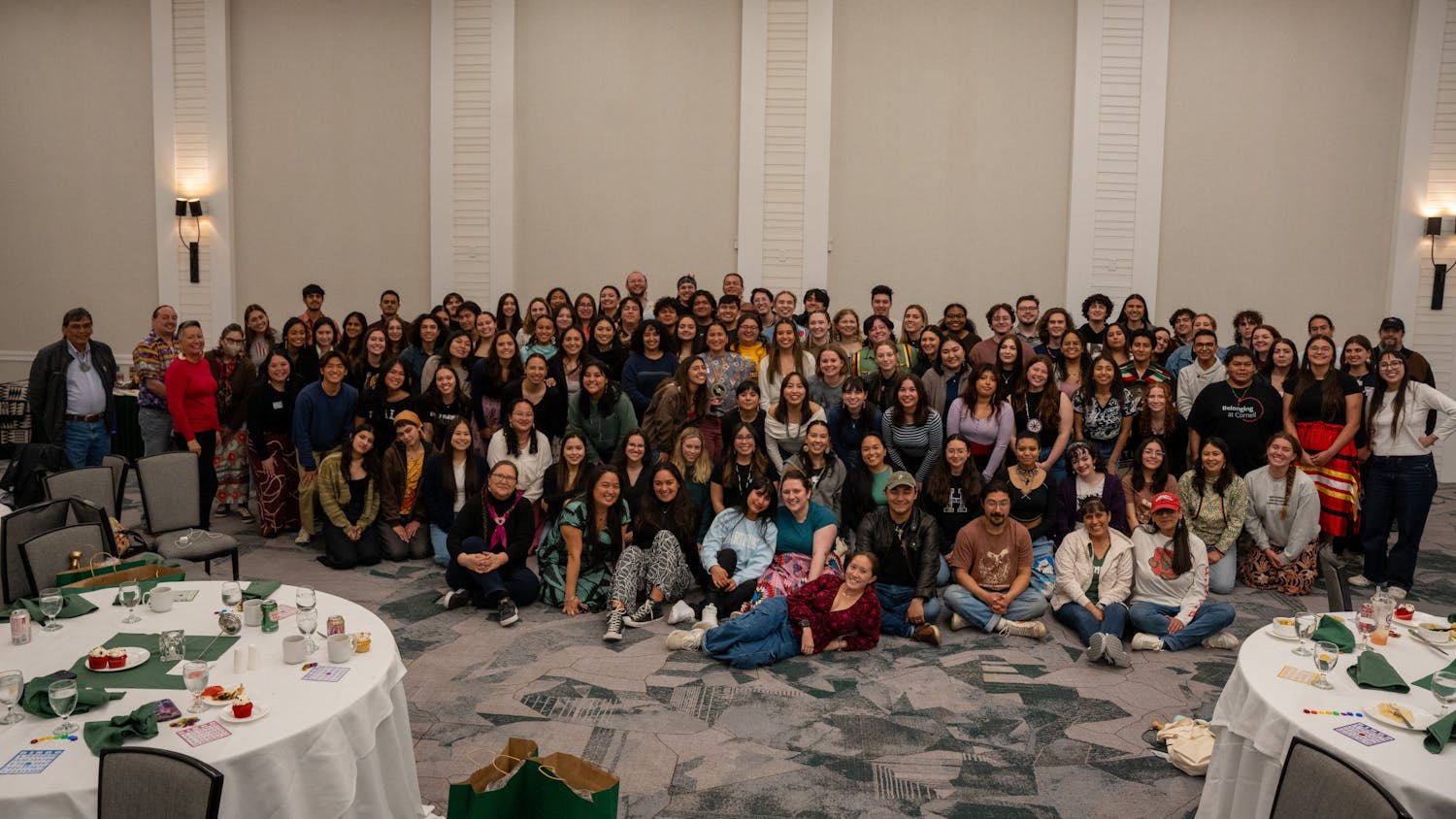Professor of biological sciences Kevin Peterson is currently researching microRNAs — a form of non-coding RNA that is involved in regulating gene expressions — and their role in the macroevolution of metazoan body plans. His research generally focuses on using a molecular paleobiological approach, combining molecular biology and paleontology, to work toward an understanding of early animal evolution, especially the explosive rise of animals roughly 530 million years ago, termed the “Cambrian explosion.”
Two years after graduating maxima cum laude from Carroll College, Peterson, reminded of his childhood fossil collection, rediscovered paleontology and was accepted into the geology department and the Center for the Study of Evolution and the Origin of Life at the University of California, Los Angeles, where he began to look at paleontological issues from a molecular point of view.
Can you start by telling me a little about your work and research in “molecular paleobiology”?
KP: I was trained as a paleontologist and my Ph.D. is in geology. And then for my post-doc I went to CalTech and learned developmental biology, and my goal is to use every means at my disposal to understand the issue of life on earth. So traditionally paleontologists have focused on the geologic record, but starting with one of my mentors at UCLA, it became obvious that there is this wealth of data in the genomes of living organisms called the genetic fossil record. And so molecular paleobiology is simply just using both records to understand the history of life with equal facility and testability. So if a pattern emerges from one of the records, can we test predictions from that inference using the other fossil record and vice versa. And so, despite everything you see in my office, I don’t actually study fossils in the traditional sense.
What inspired you to delve into this realm of study, especially having little exposure to it until two years after graduating college?
KP: Well, I was pre-med in college, and I worked in mouse developmental genetics ... the goal was to go into neural surgery, and something dawned on me, after I already had my degree and still hadn’t taken the MCAT and still hadn’t applied to med school, and maybe I just didn’t want to go to med school. And I remembered my love of paleontology and my first fossil that I found at four years old, which doesn’t look like much, but I remembered I had it. It took me a long time to find my fossil collection, and I decided that yeah, maybe I knew something as a 4-year-old that I had lost track of. The next day, I had to go to the library and there were these books called Peterson guides for graduate students, and I looked up paleontology. But I knew — and I don’t know how I knew this or why I wanted to do this — but I knew I wanted to do something molecular in paleontology, which seemed weird. But I found an individual at UCLA who was actually doing this sort of work by the name of Charles Marshall, and I ended up being his graduate student. Charles was focused a lot on understanding interrelationships with organisms and stuff, and what I was really interested in was the development. And so for my postdoc I worked with a very famous developmental biologist to learn how to do that work. I did that work for maybe 10 years while I was here, and I don’t do it anymore.
What is the current focus of your research?
KP: We work a lot on understanding the evolution of these RNA coding genes called microRNAs. And they weren’t known, for example, when I got here — they were discovered in the early ’90s, but no one knew what they were working with or working on until the early 2000s. They just captured my interest and had something potentially interesting to say about evolution that the genes that I was currently working on weren’t really giving me. So we do a lot of work now trying to explore how these genes evolve through time across the animal kingdom.
Can you talk a bit about the “Cambrian Explosion” and how it ties into your work?
KP: So the Cambrian Explosion is this seemingly sudden appearance of animal fossils starting about 520 to 530 million years ago. I got intrigued in this event in the very beginning of graduate school. It’s an event that Darwin writes about in “[On] the Origin [of Species],” and he had a solution to the problem. Where are all the ancestors if natural selection is actually right ... why does everything just show up at one point in time? And it looks like a creative event. And so what was so fascinating is that the problem actually got harder the more time that had elapsed since Darwin wrote “The Origin” because the pattern became just more and more stark. We couldn’t keep explaining it, as we just haven’t found the right rocks because people had been looking for 150 years around the entire planet and the pattern had largely held up. So I got very interested in this because I was interested in origins and this was the biggest origination event in the fossil record, basically. And it had a great tie to the molecular biology in two ways. One of them was thinking about using sequences as indicators of time. So we spent a lot of time the first 10 years I was here working on molecular clocks and trying to get an understanding of when animals actually evolved to see if we could tease apart the difference between origination versus first appearances in the rock record. And then the second thing was that these animals are just showing up out of nowhere so there has to be a developmental component that makes a bug versus a clam versus a person. And that’s why I got interested in the development — I was trying to understand how all that’s encoded in DNA. And if we could understand that a little bit better, maybe we could understand how these unique body plans show up suddenly in the record.
What courses are you currently teaching?
KP: So, I teach a course right now called [Biology 28,] “Macroevolution,” and in the fall I teach a class called [Biology 11.07,] “Major Events in the History of Life and the Human Genome,” which is a molecular paleobiology course that uses the human genome to understand the top 10 things, in my opinion, that have happened — the top ten evolutionary events. And then in the spring, I teach a course on RNA [Biology 63, “RNA: The Real Secret of Life”].
Why did you choose to come to the College?
KP: Well, I mean it was an advertisement ... I had never even heard of Dartmouth. I grew up in a small town in western Montana — I didn’t know the Ivy League from any other league basically, so I had never heard of Dartmouth. I was applying for jobs that year and for some reason I still remember Dartmouth’s ad because it had the little tree, and I thought, “That sounds interesting.” And it was kind of up my alley, and it sounded rural, kind of like where I grew up. It was just one of a series of interviews, but I got here and I was at home. So I was just so grateful that I got offered the job because it was such a perfect confluence of events. I mean, I could’ve ended up somewhere I hated if that was the only job offer, because you just take the job. A long time ago, a gentleman I worked with at the Montana Department of Transportation said, “You gotta make a choice between what do you want to do and where do you want to do it, because you rarely ever get both.” And so I knew a lot of people who stayed in Helena and just worked whatever job they could get because they wanted to live in Helena. And I was the sort of person who said I wanted to be a scientist, so I was going to have to work wherever I got a job. So to be able to get a job here, well it was really wonderful.
Do you have any hobbies or activities that you do for fun outside the classroom?
KP: Well, music’s a big love of my life. I used to play in a band — I’m not playing in a band right now. Hiking in the summer. I used to ski, but I discovered this weekend that my skiing days are now over, through knee injuries. And gardening, I love gardening.
This interview has been edited and condensed for clarity and length.



